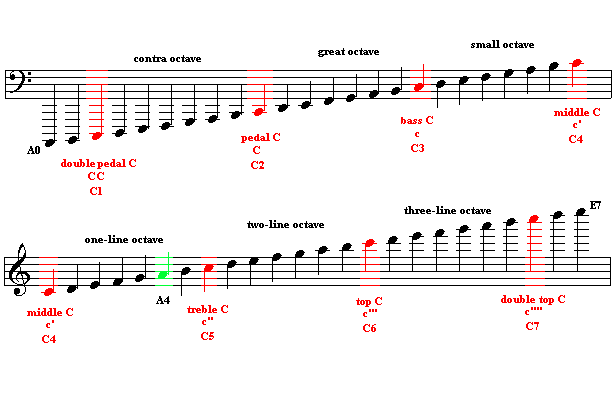
Pythagoras was the first to identify that the pitch of a musical note is in inverse proportion to the length of the string that produces it.Īccording to Dr George N. This tuning approach suits other intervals better…while the Pythagorean approach works well tonally for fifths – a 3:2 ratio having a pleasing sound, other intervals such as thirds – 81:64 for major thirds and 32:27 for minor thirds sound much less pleasing, and as a result, Pythagorean tuning is rarely found after around 1510. “A above Middle C” is the benchmark note for which there is a definition in terms of physics, with a sound frequency now set at exactly 440 Hz. “Middle C” is the reference point for all the keys on a piano, and for the musical scale in general. This “equal semitones” approach was developed simultaneously in Europe and China in the 16 th century. This is close to, but not the same as 3:2 (1.5). Payne translation, Dover Publications, 1966, p.266īy considering a scale to consist of 12 equal intervals, a solution to stacking of the fifths can be found from the 12 th root…if the seventh octave is 128:1 or 2 7, then the fifth is 2 7/12 or 1.4983:1.


– The World as Will and Representation, Volume I, §52, E.F.J. The numbers themselves, by which the tones can be expressed, have insoluable irrationalities,” “…thus, a perfectly pure harmonious system of tones is impossible not only physically, but even arithmetically. Although there is a suggestion that the Pythagoreans were unaware of this, the philosopher Arthur Schopenhauer, described the problem: However, when extending this tuning however, a problem arises since no stack of 3:2 intervals (perfect fifths) will fit exactly into any stack of 2:1 intervals (octaves). These ratios harmonise musically as well as mathematically ie they are pleasing to the mind and the ear. The ancient Greeks described music in terms of a seven-note scale, to which have been assigned the letters A through G, where the main intervals could be expressed as simple mathematical ratios between the first four integers, with: octave (eighth)=2:1, fifth=3:2, fourth=4:3 (the counting system was inclusive, of the original numbers, which is how to get eight notes in a seven-note system – the fourth and fifth reduce to three and four as numbers, which then do add up to seven). September 16, 2015.This time of year is full of music, with carol singers out in force and the ubiquitous Christmas “hits” playing on loop in every store, but a recent discovery has brought music to mind in a different way… The music of the spheres – Pythagorean theory of the universe ^ a b Oxford Composer Companion JS Bach, pp.International Organization for Standardization.


The American music industry reached an informal standard of 440 Hz in 1926, and some began using it in instrument manufacturing. Johann Heinrich Scheibler recommended A440 as a standard in 1834 after inventing the "tonometer" to measure pitch, and it was approved by the Society of German Natural Scientists and Physicians at a meeting in Stuttgart the same year. Before standardization on 440 Hz, many countries and organizations followed the French standard since the 1860s of 435 Hz, which had also been the Austrian government's 1885 recommendation.


 0 kommentar(er)
0 kommentar(er)
